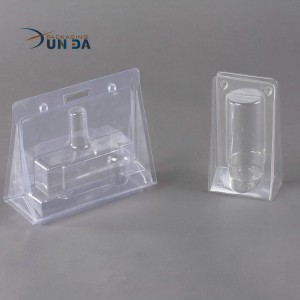Q: What container should I put the food in ?
A: You should use food grade packaging for storing anything you intend to eat. A food container is one that will not transfer noxious or toxic substances into the food it is holding. If you are uncertain whether a package type is food grade you can contact the manufacturer. Ask if that particular container is (US) FDA approved meaning that it is safe for food use. When inquiring be sure to specify the characteristics of the food you are storing; wet, dry, strongly acidic or alkaline, alcoholic or a high fat content. A container that is approved for one of the above types of food may not be approved for another.
The major functions of a food packing are to:
#1. Protect its contents from outside environmental influences such as moisture, and oxygen, but possibly also heat or cold, light, insects and/or rodents as well.
#2. Prevent damage during handling and shipping.
#3. Establish and/or maintain microbiological stability. The container should not allow microorganisms such as fungi and bacteria from outside the container to come into contact with its contents. This is of critical importance to wet-pack foods such as canned vegetables, fruits and meats.
#4. Withstand the temperatures and pressures it will be exposed to. This is necessary if the contents are to be pasteurized or sterilized, either immediately before or after filling. It must not have any structural failures nor release any noxious or toxic breakdown chemicals into the food it contains. This is the reason why purpose built canning jars are recommended for home canning and mayonnaise jars aren’t. The former are made heavier to withstand high temperatures and handling whereas the latter are not and have an increased risk of breakage if used for that purpose.
Virtually all containers used in home food preservation involving exposure to high temperatures are made of glass or metal, with the exception of some specialized “heat & seal” type of plastic bags. Glass can be used with any food type providing it is clean and in sound condition but the lids, particularly the liner inside the lid, may not be so you’ll have to investigate suitability.
Metal cans are more specialized. They must be intended for food use and must also have a lining or coating of the inside that is suitable for the pH level of the food it will be in contact with.
If the foods are not subjected to some form of heat processing just before or after packaging your selection of container types for home use is a great deal larger. Virtually any kind of clean, sound glass jar can be used and many types of new metal containers. Several sorts of plastics have become popular. These various kinds of plastics are each suited for different purposes, making selection a more complex task.
